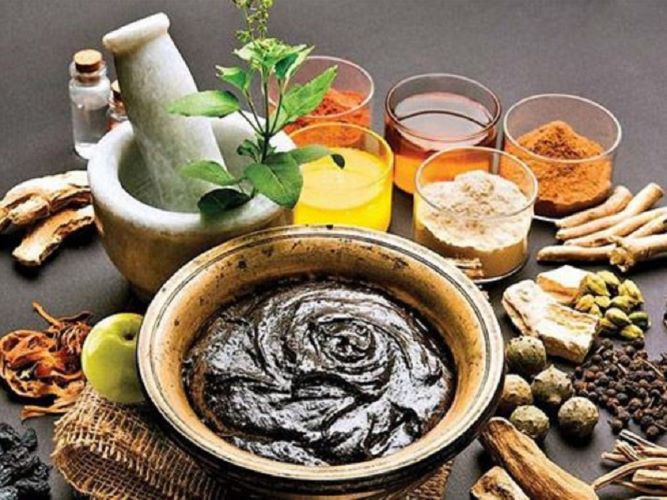Balancing doshas and beyond using Nalpamaradi oil

Shreedha Singh
In Ayurvedic herbal formulations, Nalpamaradi oil, derived from four distinct ficus varieties – Bargad, Pipal, Plaksha, and Udumbara, is rapidly gaining recognition for its profound therapeutic applications. This botanical concoction represents an amalgamation of ancient wisdom with modern scientific understanding, offering a plethora of health benefits, particularly in dermatological health.
Alleviating Pruritus and Dermatological Distress
One notable attribute of Nalpamaradi oil is its efficacy in addressing pruritus, a difficult-to-treat and distressing skin infection characterised by intense itching and burning. Scientific investigations suggest that phytochemical constituents in the ficus varieties exert anti-inflammatory and anti-pruritic effects, relieving itching and discomfort. Moreover, the oil exhibits substantial potential in managing dermatitis, an inflammatory skin condition characterised by erythema, scaling, and itching. This action likely involves the modulation of pro-inflammatory cytokines and the suppression of immune responses at the dermal level.
Combatting Viral and Fungal Infections
Nalpamaradi oil exhibits antiviral properties, making it a noteworthy contender in addressing viral skin afflictions, including herpes outbreaks. Its mode of action may involve inhibiting viral replication and interfering with the viral envelope. Additionally, this formulation demonstrates effectiveness against fungal skin infections, affirming its role as a therapeutic agent for a spectrum of dermatophytic conditions.
Skin Conditions and Pigmentation Management
Applying Nalpamaradi oil extends to managing chronic skin ailments like eczema and acne. The oil’s anti-inflammatory and antioxidant properties are pivotal in mitigating inflammation associated with these conditions. Furthermore, its versatility is apparent in managing pigmentation irregularities, including blemishes, dark spots, and skin marks. It promotes even skin tone, possibly through inhibiting melanogenesis and tyrosinase activity.
Balancing Kapha Dosha
Attributes of earth and water elements characterise Kapha Dosha. When this Dosha accumulates excessively, it can manifest as a sense of heaviness, lethargy, and dampness within the body. Such an imbalance may lead to conditions like congestion, colds, or even excessive weight gain. Nalpamaradi oil, with its innate qualities, serves as a pacifying force for Kapha Dosha. It aids in dispersing stagnation and helps in eliminating excess moisture and sluggishness. Doing so fosters a sense of lightness and vitality, bringing Kapha Dosha back into harmonious alignment.
Balancing Pitta Dosha
Pitta Dosha, associated with fire and water elements, governs metabolic processes and body heat regulation. When aggravated, it can lead to symptoms such as inflammation, acidity, and heightened irritability. Nalpamaradi oil effectively acts as a coolant for Pitta Dosha. Its soothing properties help quell inflammation and heat, calming the body’s internal fire. Doing so aids in maintaining optimal digestive function and a balanced body temperature.
Bottomline
The therapeutic potential of Nalpamaradi oil is underscored by its diverse applications in dermatological health. Rooted in Ayurvedic tradition and substantiated by contemporary scientific understanding, this botanical formulation epitomises the integration of ancient wisdom with modern knowledge. The profound synergy between diverse ficus varieties and accompanying botanical constituents offers an array of health benefits and exemplifies the intricate relationship between nature and human well-being.
Shreedha Singh is Co-founder and CEO, The Ayurveda Company


1 Comment
That is nice article from you , this is informative stuff . Hope more articles from you . I also want to share some information about Best Hair oil in india